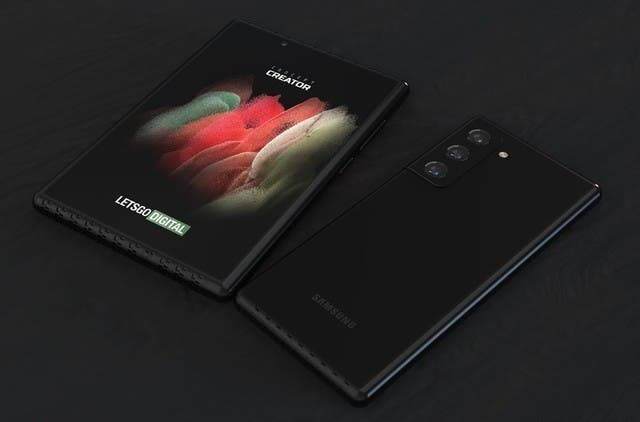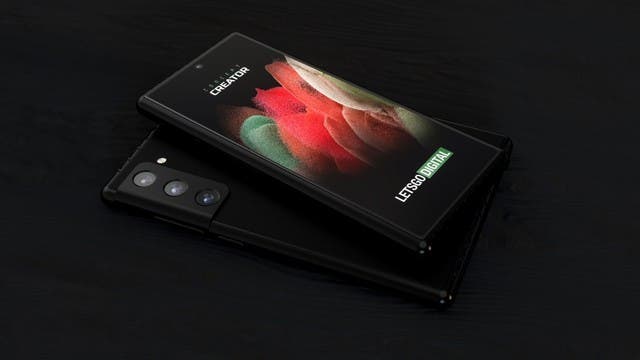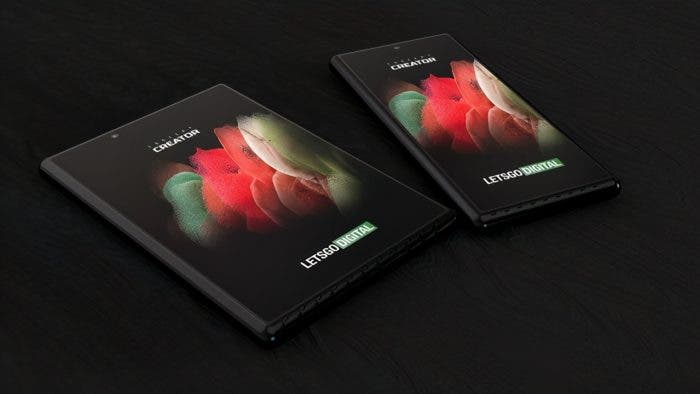The world’s first scroll-screen smartphone was officially unveiled at the OPPO Future Technology Conference in 2020. And it immediately became a hot topic in the industry. However, it didn’t go on a mass production. But this concept phone showcased the future of smartphones. Subsequently, LG introduced its scroll-screen smartphone. At this time, everyone was wondering why Samsung, as the world’s largest screen manufacturer, did not make efforts in this field. After all, the world’s first folding screen prototype came from Samsung, and now Samsung has cut the Note series for folding screens.

The lack of exposure of Samsung’s scroll screen does not mean that Samsung will not make similar smartphones. Yesterday, Letsgodigital used Samsung’s own scroll screen patent to draw Samsung scroll screen smartphone’s renderings. From the renderings, we can see that Samsung’s scroll-screen smartphone uses the same push-pull mechanical design as OPPO and LG do. They all use the characteristics of flexible screens to roll up the screen at one end of the screen using the principle of scrolling, and pull it out when needed to expand the size of the screen.
Differences Of Samsung’s Scroll Screen Smartphone
However, Samsung’s scroll screen phone has a front camera. We can clearly see that it is not clear how to use it when the screen is moving. It is very likely that the front camera can only be used when it is rolled up. When the screen is fully pushed out, the front camera will be blocked by the moving screen. It is a rendering based on a patent. So this may remain as a rendering and never become a final product.

Relatively speaking, due to Samsung’s advantages in screen technology, it has an advantage if it wants to mass produce scroll screen phones. Of course, the most difficult thing now is to solve the problem of the front camera. If this problem cannot be solved, the scroll screen smartphone will not be mass-produced. After all, the role of the front camera is currently irreplaceable. So no one dares to mass-produce a model without a front camera.





